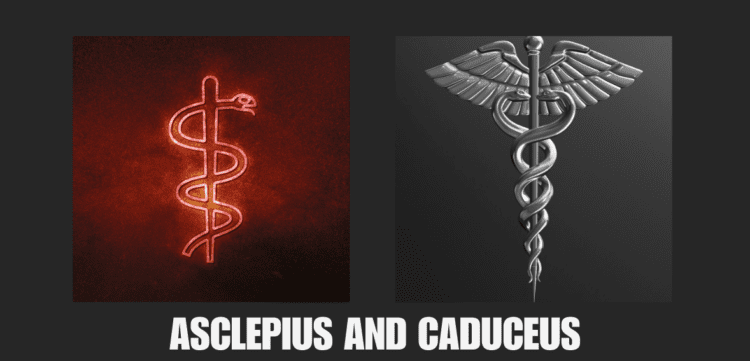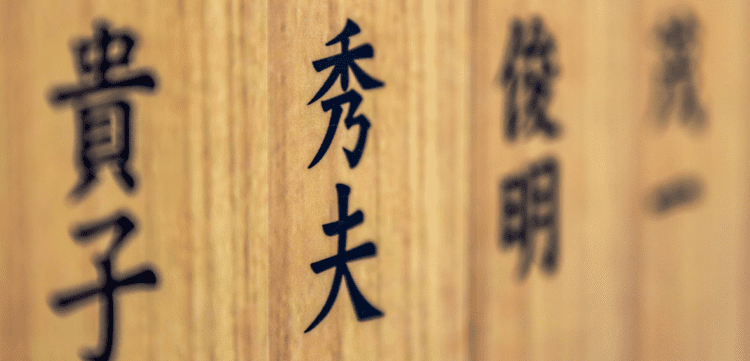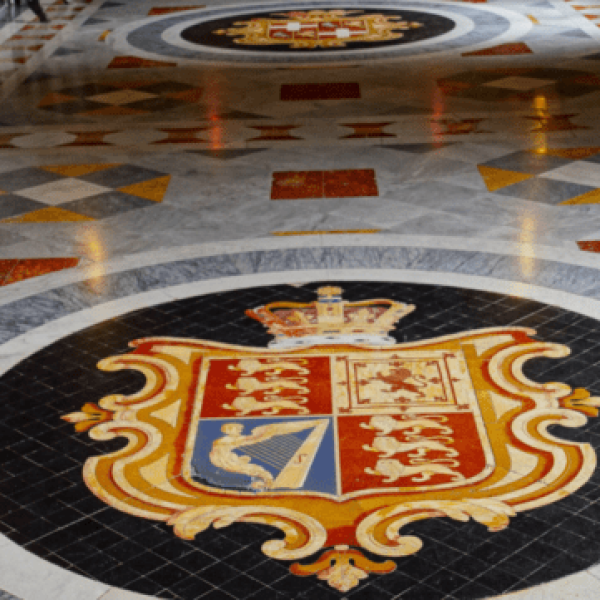The symbols of the Rod of Asclepius and the Caduceus have become emblematic representations of the medical profession and healing. However, their meanings and origins are often confused or misunderstood. This blog delves into the real stories behind these ancient symbols, exploring their historical context, cultural significance, and the reasons behind their association with medicine.
Introduction to Medical Symbols
Understanding the Importance of Medical Symbols
Symbols are powerful tools that convey complex ideas and values in a simple, recognizable form. In the medical field, symbols play a crucial role in representing the principles of healing, care, and professionalism. The Rod of Asclepius and the Caduceus are two of the most prominent symbols associated with medicine, often seen on medical logos, emblems, and organizational insignias.
These symbols do more than merely adorn medical paraphernalia; they are imbued with deep historical and cultural significance. They serve as a bridge between ancient practices and modern medicine, reminding practitioners and patients alike of the enduring principles of healing and care that have been passed down through the ages. Understanding these symbols’ meanings is not only important for historical accuracy but also for appreciating the values they represent.
Common Misconceptions About Medical Symbols
Despite their widespread use, there is significant confusion regarding the Rod of Asclepius and the Caduceus. Many people mistakenly use these symbols interchangeably, not realizing that they have distinct origins and meanings. This confusion is not just a trivial matter of iconography; it reflects deeper misunderstandings about medical history and cultural heritage.
The Rod of Asclepius, featuring a single serpent entwined around a staff, is often confused with the Caduceus, which has two serpents and wings. This mix-up can lead to misinterpretations of the symbols’ intended messages and their historical contexts. Understanding the differences between these symbols helps clarify the unique attributes and stories associated with each, providing a more accurate representation of their roles in medicine and healing.
The Rod of Asclepius

Historical Origins of the Rod of Asclepius
The Rod of Asclepius is named after Asclepius, the Greek god of healing and medicine. According to ancient Greek mythology, Asclepius was the son of Apollo and was taught the art of healing by the centaur Chiron. The symbol consists of a single serpent entwined around a staff, which Asclepius is often depicted holding.
Asclepius was revered in ancient Greece as a divine healer. His temples, known as Asclepieia, were centers of medical treatment and learning. Patients would come to these sanctuaries to seek cures for their ailments, often spending the night in the temple to receive healing dreams from Asclepius. These dreams were believed to contain guidance and treatments from the god himself, blending spiritual and physical healing practices.
Symbolism of the Serpent and Staff
The serpent in the Rod of Asclepius has various symbolic meanings. In many cultures, serpents are associated with rebirth, regeneration, and healing due to their ability to shed their skin. The staff represents authority and support, emphasizing the role of a healer in guiding and aiding patients.
The single serpent entwined around the staff symbolizes the dual nature of medicine: it can heal or harm, depending on how it is applied. This duality reflects the delicate balance that medical practitioners must maintain in their work. The staff, representing support and stability, underscores the importance of guidance and authority in the healing process.
The Rod of Asclepius in Ancient Medicine
In ancient times, the Rod of Asclepius was closely linked to the practice of medicine. Temples dedicated to Asclepius, known as Asclepieia, served as healing centers where patients sought cures for their ailments. These temples were among the first institutions to adopt holistic approaches to health, combining physical treatments with spiritual and psychological care.
These ancient healing centers offered a variety of treatments, including baths, diets, and exercises, along with spiritual practices such as prayers and rituals. The holistic approach of the Asclepieia laid the groundwork for modern integrative medicine, which emphasizes the connection between mind, body, and spirit in achieving overall health and wellness.
The Caduceus
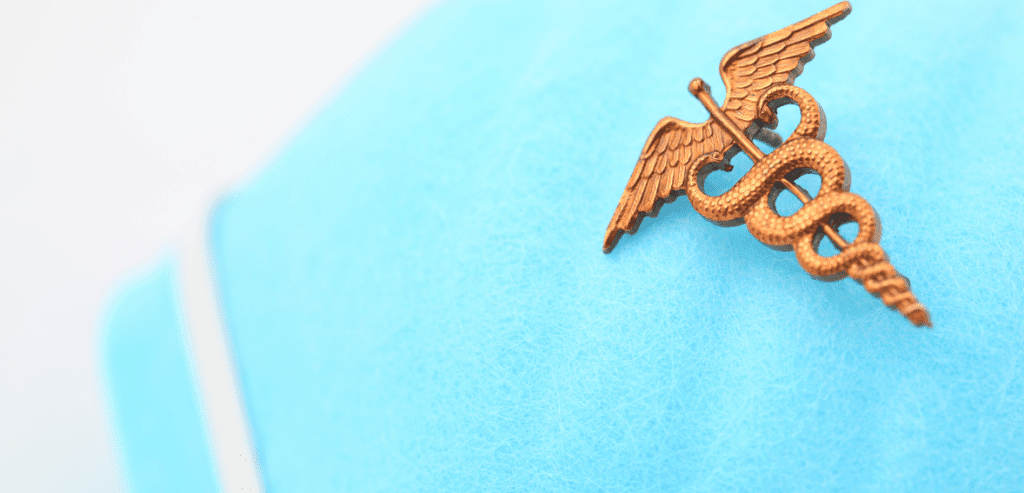
Mythological Background of the Caduceus
The Caduceus, often mistaken for the Rod of Asclepius, originates from a different mythological context. It is associated with Hermes (or Mercury in Roman mythology), the messenger of the gods, who was also the god of commerce, thieves, and travel. The Caduceus has two serpents connected around a winged staff.
Hermes was a versatile deity known for his speed and ability to move freely between the mortal and divine worlds. The Caduceus, his emblem, represents his role as a messenger and guide. The two serpents are said to have come to rest on Hermes’ staff during a quarrel, and their intertwining symbolizes reconciliation and balance. The wings on the staff denote Hermes’ swiftness and his role as a guide for souls to the afterlife.
Symbolism of the Caduceus
The dual serpents of the Caduceus symbolize balance and duality, while the wings represent speed and the ability to transcend boundaries. The Caduceus was historically a symbol of negotiation, trade, and communication rather than medicine.
The Caduceus embodies the concept of balance in opposites, which can be applied to various aspects of life and society, including commerce and diplomacy. The wings emphasize the importance of swiftness and adaptability, qualities that are essential in negotiation and trade. While these attributes are valuable, they are not directly related to the principles of healing and medicine, making the Caduceus less appropriate as a medical symbol.
The Caduceus in Modern Medicine
The use of the Caduceus as a medical symbol is largely a result of historical misinterpretation and confusion. In the early 20th century, the U.S. Army Medical Corps adopted the Caduceus as its emblem, leading to its widespread association with healthcare. However, this usage is considered incorrect by many scholars and medical professionals who argue that the Rod of Asclepius is the more appropriate symbol for medicine.
The adoption of the Caduceus by the U.S. Army Medical Corps was influenced by its visual appeal and the perceived connection to healing through the association with serpents. However, this choice has perpetuated the misconception about its relevance to medicine. Correcting this historical error is important for maintaining the integrity of medical symbolism and accurately representing the values of the medical profession.
Comparing the Rod of Asclepius and Caduceus
Differences in Origin and Meaning
The Rod of Asclepius and the Caduceus have distinct origins and meanings that reflect their unique mythological backgrounds. The Rod of Asclepius is deeply rooted in the tradition of healing and medicine, while the Caduceus is tied to commerce, negotiation, and communication.
Understanding the differences between these symbols helps clarify their appropriate use and significance. The Rod of Asclepius, with its direct connection to the Greek god of healing, is a more fitting representation of medical practice and the principles of care and treatment. In contrast, the Caduceus, with its associations with Hermes and trade, does not embody the same values of healing and medical ethics.
Impact on Medical Symbolism
The confusion between these symbols has implications for how the medical profession is perceived. Using the correct symbol not only honors historical accuracy but also reinforces the values and principles associated with medical practice.
The widespread use of the Caduceus as a medical symbol can lead to misunderstandings about the history and values of the medical profession. It is important for medical organizations and professionals to recognize the distinction between these symbols and to use the Rod of Asclepius to accurately represent the field of medicine and its commitment to healing and care.
Cultural and Historical Significance
The Rod of Asclepius in Different Cultures
The Rod of Asclepius is recognized and respected across various cultures as a symbol of healing. Its adoption by medical organizations worldwide underscores its universal appeal and the timeless nature of its symbolism.
In addition to its prominence in Greek culture, the Rod of Asclepius has been adopted in various forms by other cultures and medical traditions. For example, the serpent and staff motif can be found in ancient Egyptian and Indian medical symbols, reflecting a shared understanding of the principles of healing and regeneration. This cross-cultural recognition highlights the universal nature of the symbol and its relevance to the practice of medicine throughout history.
Modern Misinterpretations and Their Consequences
The modern misuse of the Caduceus as a medical symbol highlights the importance of understanding and preserving cultural heritage. Misinterpretations can dilute the meaning and significance of symbols, leading to a loss of historical and cultural context.
The incorrect use of the Caduceus as a medical symbol can create confusion and misrepresent the values of the medical profession. It is essential for medical professionals and organizations to educate themselves and the public about the true meanings of these symbols and to promote the appropriate use of the Rod of Asclepius. This effort helps preserve the cultural and historical integrity of medical symbolism and ensures that the values of healing and care are accurately represented.
The Role of Symbols in Medicine
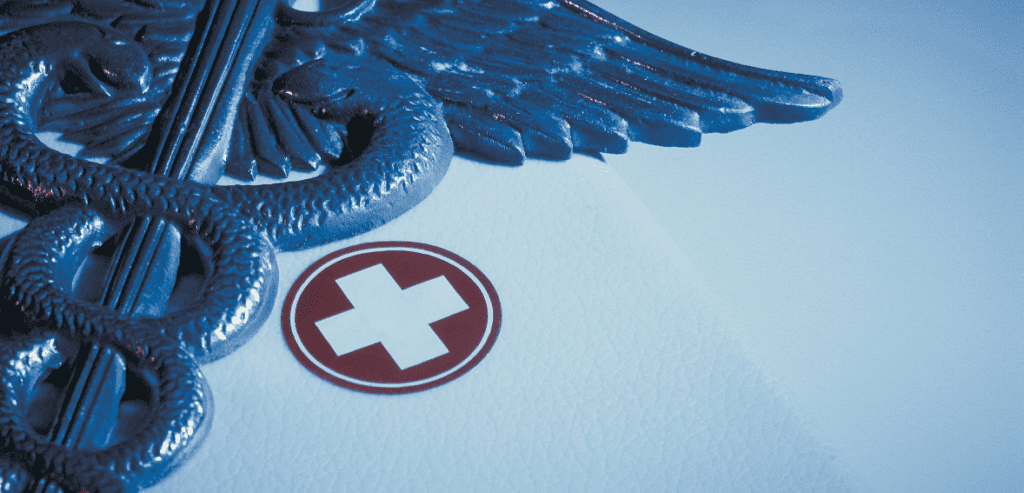
Symbols as Tools for Communication
Symbols like the Rod of Asclepius and the Caduceus serve as powerful tools for communication within the medical field. They convey important messages about the values, principles, and history of medicine in a visual and easily recognizable form.
In a world where visual communication is increasingly important, symbols play a crucial role in conveying complex ideas and values quickly and effectively. The Rod of Asclepius, with its clear connection to healing and medicine, serves as a universal emblem that can be recognized and understood by people from diverse cultural backgrounds. This universal recognition helps reinforce the principles of the medical profession and fosters a sense of trust and respect for healthcare providers.
The Importance of Correct Symbolism
Using the correct medical symbols is not just a matter of historical accuracy; it also reflects a commitment to the principles of medical ethics and professionalism. Adopting the appropriate symbol reinforces the identity and values of the medical community.
By using the Rod of Asclepius, medical organizations and professionals demonstrate their dedication to the values of healing, care, and ethical practice. This commitment is essential for maintaining the trust and respect of patients and the public. Correct symbolism also helps preserve the rich cultural heritage of the medical profession and ensures that the principles of medicine are accurately represented for future generations.
Conclusion
Reflecting on the True Meaning of Medical Symbols
The Rod of Asclepius and the Caduceus each have rich histories and significant meanings that deserve recognition and respect. Understanding their origins and symbolism helps us appreciate the depth and complexity of medical iconography.
By exploring the historical and cultural contexts of these symbols, we gain a deeper understanding of their significance and the values they represent. The Rod of Asclepius, with its strong association with healing and medicine, is the appropriate symbol for the medical profession. In contrast, the Caduceus, while visually similar, represents different values and should be used in contexts related to commerce and negotiation.
The Importance of Preserving Cultural Heritage
Preserving the correct use of medical symbols is crucial for maintaining the integrity and historical continuity of the medical profession. By honoring the true meanings behind these symbols, we uphold the values and traditions that have shaped medicine throughout the ages.
Educating medical professionals and the public about the correct use of the Rod of Asclepius helps preserve the cultural heritage of medicine and ensures that the principles of healing and care are accurately represented. This effort not only promotes historical accuracy but also reinforces the values of the medical profession, fostering trust and respect for healthcare providers.
FAQs
What is the main difference between the Rod of Asclepius and the Caduceus?
The main difference lies in their origins and meanings. The Rod of Asclepius is associated with Asclepius, the Greek god of healing, and represents medicine and healing. The Caduceus is linked to Hermes, the messenger of the gods, and symbolizes negotiation, commerce, and communication.
The Rod of Asclepius features a single serpent entwined around a staff, emphasizing the principles of healing and regeneration. In contrast, the Caduceus has two serpents entwined around a winged staff, symbolizing balance, duality, and swiftness. These differences highlight the distinct roles and values each symbol represents.
Why is the Caduceus often used as a medical symbol in the United States?
The Caduceus became a common medical symbol in the United States due to a historical misinterpretation by the U.S. Army Medical Corps in the early 20th century. Despite its incorrect association with medicine, it has been widely adopted in various medical contexts.
The visual appeal of the Caduceus, with its dynamic design and association with serpents, contributed to its adoption as a medical symbol. However, this choice has perpetuated confusion about its relevance to medicine. It is important for medical professionals and organizations to recognize the historical error and promote the use of the Rod of Asclepius as the appropriate symbol for the medical profession.
How does the Rod of Asclepius symbolize healing?
The Rod of Asclepius symbolizes healing through its depiction of a single serpent entwined around a staff. The serpent represents regeneration and rebirth, while the staff signifies authority and support, reflecting the role of a healer.
The symbolism of the serpent shedding its skin aligns with the concept of renewal and transformation, key aspects of the healing process. The staff, representing stability and guidance, emphasizes the importance of support and authority in medical practice. Together, these elements create a powerful symbol of healing and care.
Why is it important to use the correct medical symbol?
Using the correct medical symbol is important for maintaining historical accuracy, preserving cultural heritage, and reinforcing the values and principles of the medical profession. The Rod of Asclepius, as the appropriate symbol for medicine, honors the tradition and ethics of healthcare.
Correct symbolism ensures that the values of healing, care, and ethical practice are accurately represented. It also helps maintain the trust and respect of patients and the public, who rely on these symbols to convey important messages about medical care and professionalism. By using the Rod of Asclepius, medical organizations and professionals demonstrate their commitment to the principles of the medical profession and preserve the cultural heritage of medicine.
By understanding the real stories behind the Rod of Asclepius and the Caduceus, we can appreciate the rich cultural heritage and historical significance of these symbols. This knowledge not only enhances our appreciation for medical iconography but also reinforces the importance of accuracy and respect for tradition in the medical field.


